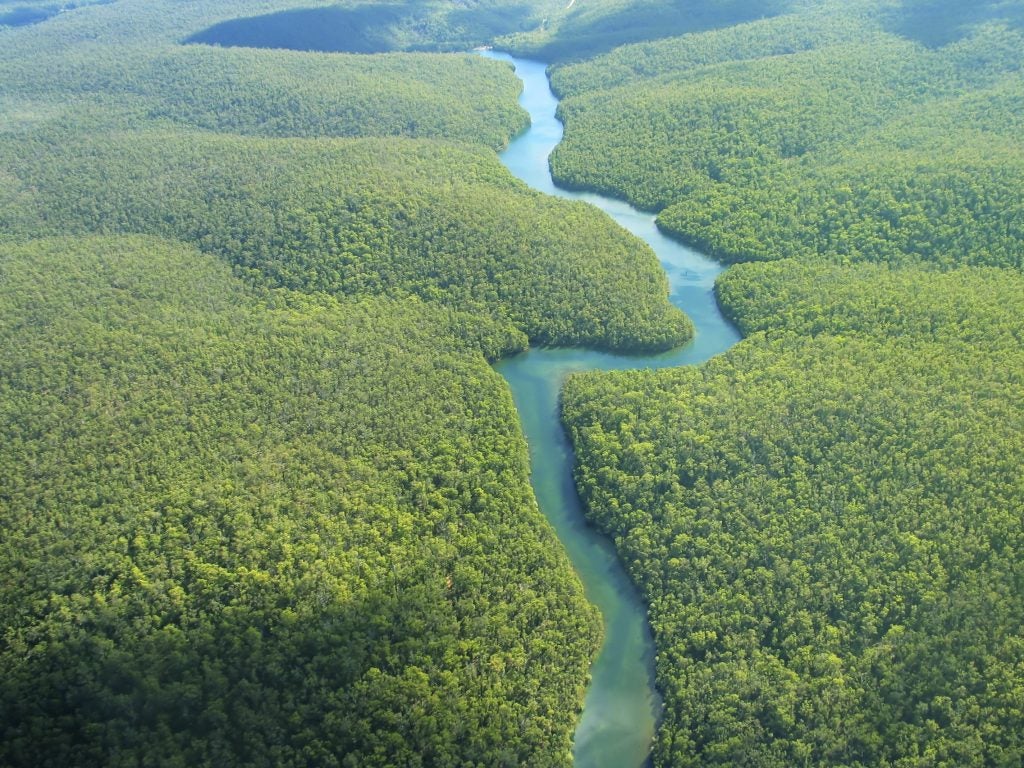
Johnny Lye. iStock
The environmental integrity of emissions reductions depends on scale and systemic changes, not on sector of origin of the emissions
We urgently need to reduce greenhouse gas emissions far beyond current climate pledges, even if these were fully attained. But there’s a completely doable way to make major progress, near to hand.
Natural climate solutions can provide 20% of all the emissions reductions we need by 2050 to keep average global warming under 2 C. Stopping tropical deforestation, allowing tropical forests to regenerate and restoring degraded lands are the most important methods, particularly in the next decade. Letting countries or companies that exceed ambitious targets trade their surplus emissions reductions to those who fall short would permit much greater global emissions reductions than not trading. Countries could reach their targets more quickly, and trading would create more incentive to protect and restore land.
Some researchers and policy makers have held that nature-based solutions, such as stopping deforestation, are too risky. A forest you protect today could burn down tomorrow. But in fact, this problem exists with all emissions reductions, not only those based in terrestrial carbon. And nature-based solutions are worth considering as many of the highest quality and highest value emissions reductions that are feasible in the coming years.
A new article in Environmental Research Letters by scientists and economists from the Environmental Defense Fund and Princeton University shows that the best way to execute emissions reductions – whether they are from protecting forests or cutting down on fossil fuel –is to go big.
Read More »











